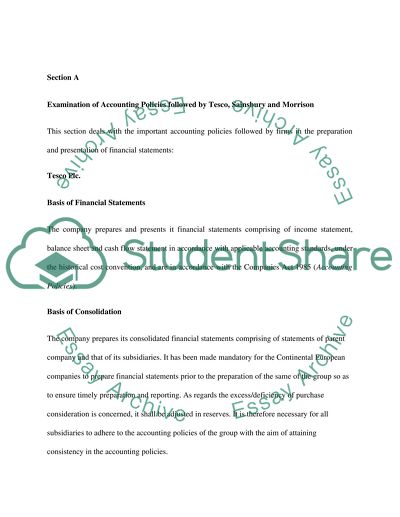Cite this document
(Financial Analysis of Tesco, Sainsbury and Morrison Case Study Example | Topics and Well Written Essays - 3000 words, n.d.)
Financial Analysis of Tesco, Sainsbury and Morrison Case Study Example | Topics and Well Written Essays - 3000 words. https://studentshare.org/finance-accounting/1516107-financial-reporting-master-research-paper
Financial Analysis of Tesco, Sainsbury and Morrison Case Study Example | Topics and Well Written Essays - 3000 words. https://studentshare.org/finance-accounting/1516107-financial-reporting-master-research-paper
(Financial Analysis of Tesco, Sainsbury and Morrison Case Study Example | Topics and Well Written Essays - 3000 Words)
Financial Analysis of Tesco, Sainsbury and Morrison Case Study Example | Topics and Well Written Essays - 3000 Words. https://studentshare.org/finance-accounting/1516107-financial-reporting-master-research-paper.
Financial Analysis of Tesco, Sainsbury and Morrison Case Study Example | Topics and Well Written Essays - 3000 Words. https://studentshare.org/finance-accounting/1516107-financial-reporting-master-research-paper.
“Financial Analysis of Tesco, Sainsbury and Morrison Case Study Example | Topics and Well Written Essays - 3000 Words”. https://studentshare.org/finance-accounting/1516107-financial-reporting-master-research-paper.


